Carrots are a common source of beta carotene, but if you aren’t a fan, there are other ways you can add this essential compound in your diet. We’ll take a look at other foods high in beta carotene.
Beta carotene is a type of carotenoid which gives fruits and vegetables their deep color — this is most apparent in orange, yellow, or leafy green fruits and vegetables. Beta-carotene is also an essential compound, which is why it’s important to ensure you’re getting enough of it in your day-to-day diet.
Once ingested, your body converts beta-carotene into either vitamin A or retinol. These essential nutrients help to boost your immune system, improve vision, and are good for skin and hair.
100 grams of carrots contains 77 percent of the recommended dietary allowance (RDA), making them a good source beta carotene, but carrots certainly aren’t the only food you can eat to increase your intake. Let’s take a look at other foods high in beta carotene that will let you get your fill of this essential compound.
1. Sweet Potato
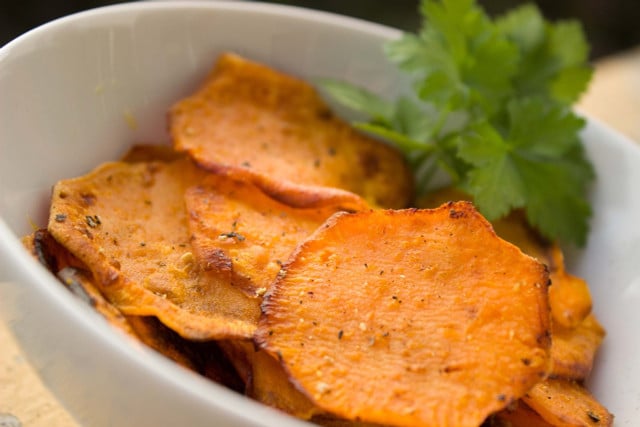
(Foto: CC0 / Pixabay / Einladung_zum_Essen)
Sweet potato is a food that is high in beta carotene, especially when baked. 100 grams of raw sweet potato contains 79 percent of the RDA, which rises to 107 percent when baked. To get your fill of this popular root vegetable, try making mashed sweet potatoes, or microwave-baked sweet potatoes.
2. Butternut Squash
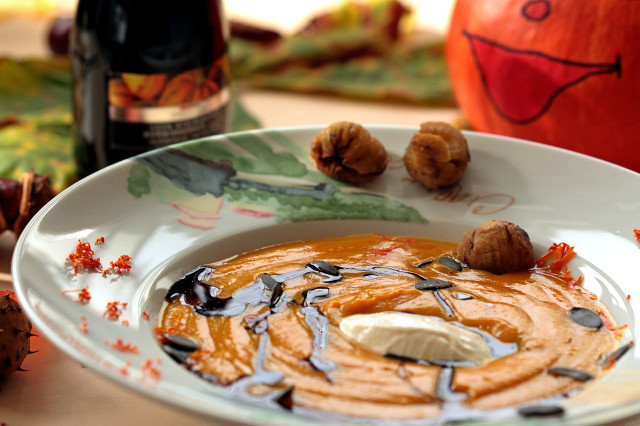


(Foto: CC0 / Pixabay / Der_Mentor)
Butternut squash is a great source of this essential compound. 100 grams of raw butternut squash contains 39 percent of the RDA, which is boosted to 42 percent when baked without salt. Some delicious ways to eat this beta carotene rich food is in a vegan winter squash soup, or oven roasted.
3. Pumpkin
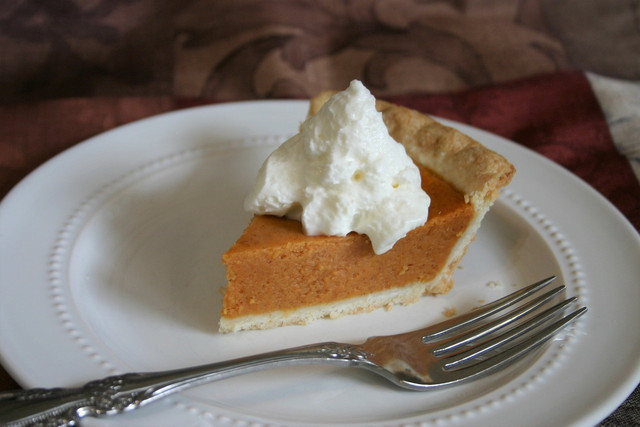


(Foto: CC0 / Pixabay / ArtsandExpressions)
Pumpkin, similar to butternut squash, contains a good amount of beta carotene. This winter squash variety actually has a higher percentage of beta-carotene raw – and yes, you can eat pumpkin raw. 100 grams of uncooked pumpkin contains 29 percent of the RDA, which drops to 19 percent when cooked. If you don’t feel like eating raw pumpkin, consider adding it to a pumpkin smoothie, making pumpkin gnocchi, or treating yourself to a vegan pumpkin cheesecake.
4. Cantaloupe
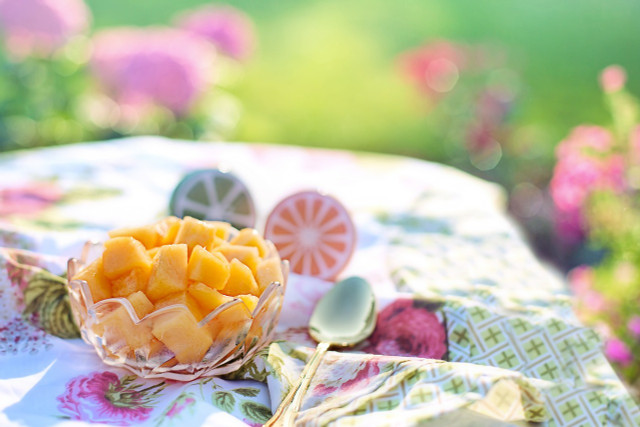


(Foto: CC0 / Pixabay / JillWellington)
Cantaloupe is known for being a great addition to fruit salads, homemade slushies, or eaten on its own. It’s another food that is relatively high in beta carotene, with 100 grams containing 19 percent of the RDA.
5. Apricot
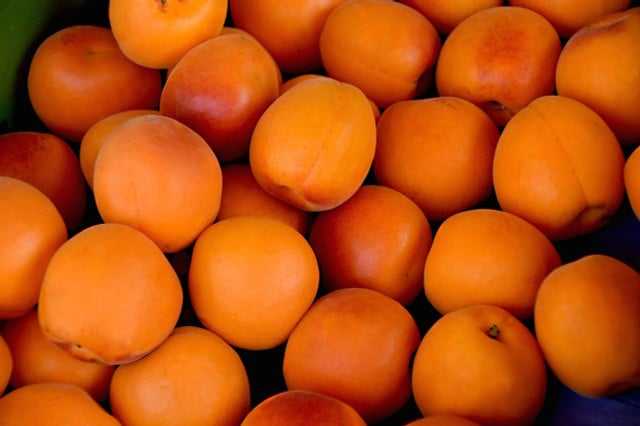


(Foto: CC0 / Pixabay / PIRO4D)
Apricots are a small, but they shouldn’t be overlooked. Not only does this fruit contain protein, 100 grams of fresh apricots contain 10 percent of the RDA of beta-carotene. Dried apricot contains less beta carotene than fresh, only about 6 percent, but makes a great addition to trail mixes or salads.
6. Bell Pepper
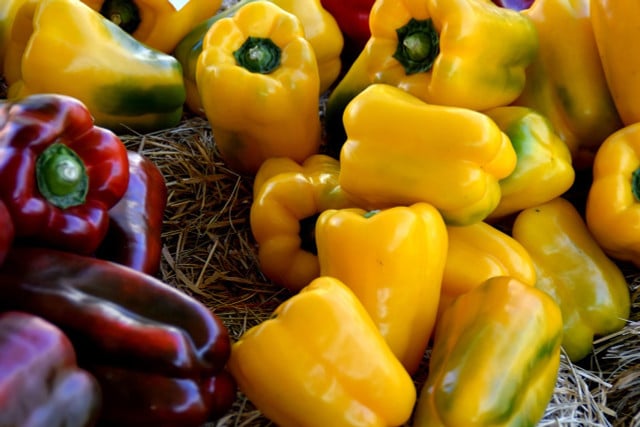


(Foto: CC0 / Pixabay / 1662222)
Bell peppers contain a good amount of beta-carotene as well, with the red variety containing the most per 100 grams at 15 percent of the RDA, which drops to 14 percent when boiled.
7. Spinach
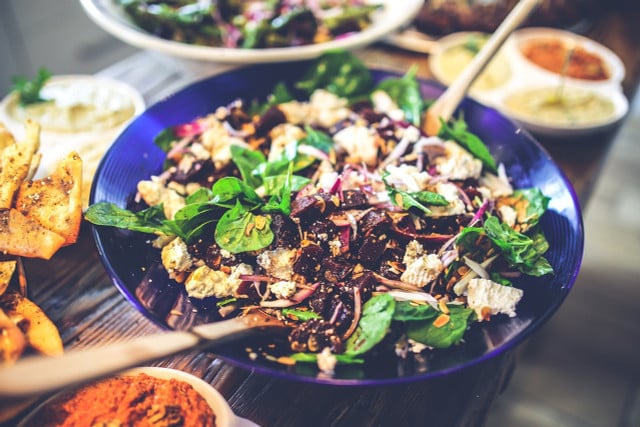


(Foto: CC0 / Pixabay / kaboompics)
Spinach is a popular vegetable for salads, smoothies, and sandwiches, and it’s also a great source of beta carotene. 100 grams of uncooked spinach contains 52 percent of the RDA, and 58 percent once cooked. Another great way to enjoy this green vegetable is on a spinach and feta pizza.
8. Romaine Lettuce
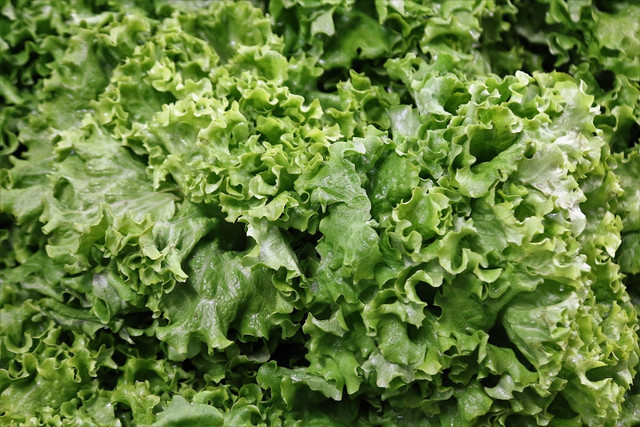


(Foto: CC0 / Pixabay / ReinhardThrainer)
Romaine lettuce is definitely an underrated food high in beta carotene. It offers plenty of nutrients, despite the fact that it’s only used as a humble salad ingredient. 100 grams of romaine lettuce contains 48 percent of the RDA, which means using it as a base for your salads is a great idea.
9. Kale
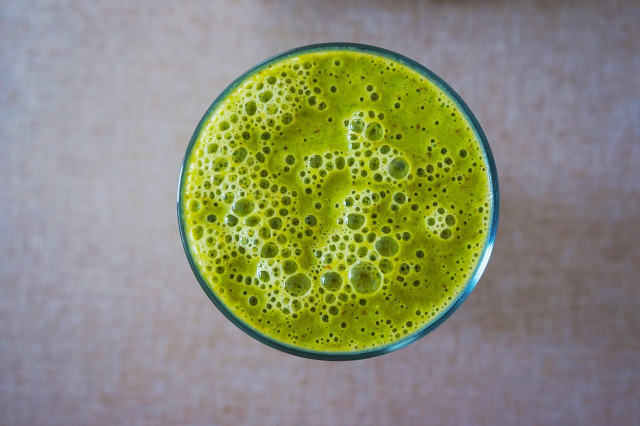


(Foto: CC0 / Pixabay / anasegota)
Kale can be a great alternative if you’re bored of using lettuce as a base for salads. It also works well in soups and stews, wilted down as a side dish, or even in green juice. Eating it raw is the best source of beta-carotene – 100 grams of raw kale contains 27 percent of the RDA, while cooking drops that down to 16 percent. However, if you want to eat kale as a snack, try making air fryer kale chips.
10. Bok Choy
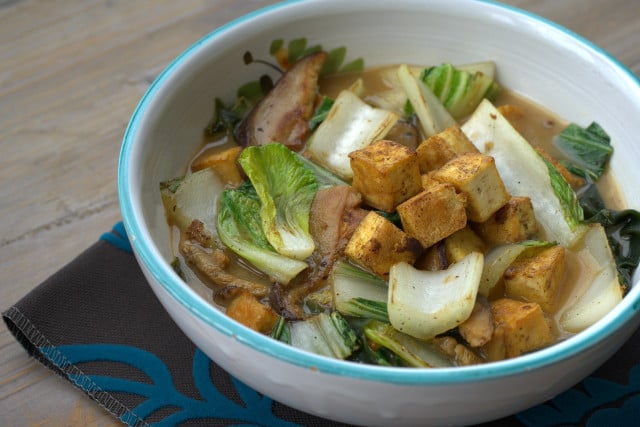


(Foto: CC0 / Pixabay / M4rtine)
Bok choy is a type of cabbage commonly known as Chinese cabbage. It’s another food that’s high in beta carotene, with 100 grams containing 25 percent of the RDA. You can enjoy bok choy in stir fry, as a side dish, or on top of some homemade ramen broth. Cooked boy choy contains 40 percent of the RDA.
11. Grape Leaves
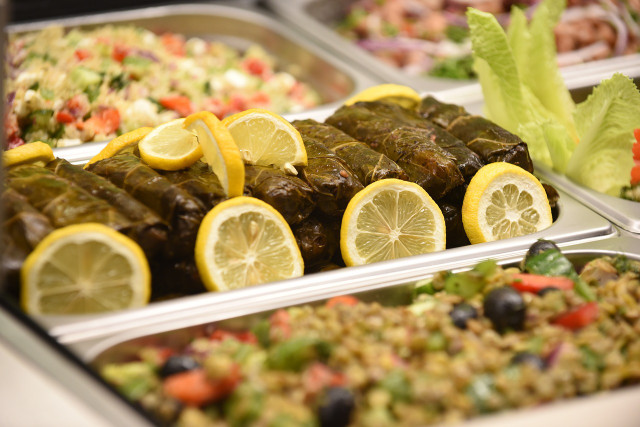


(Foto: CC0 / Pixabay / laythgrfx)
Grape leaves are a common part of a Mediterranean or Middle Eastern diet, and are an incredible source of beta carotene. 100 grams of raw grape leaves contain 150 percent of the RDA. If you’re looking at purchasing canned grape leaves, be aware that the levels of beta carotene drops significantly to just 26 percent.
12. Microgreens
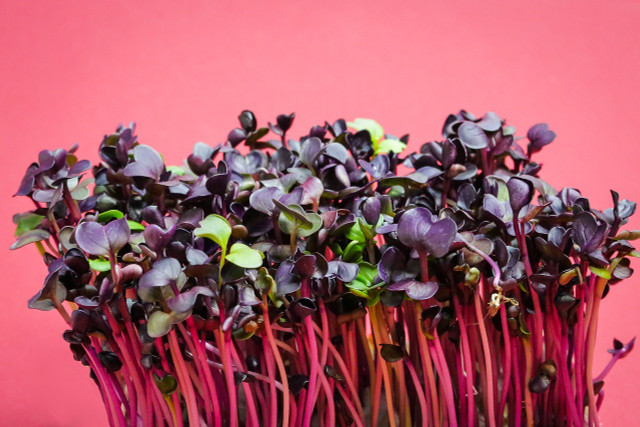


(Foto: CC0 / Pixabay / maxmann)
Microgreens are said to be another great source of this essential compound, however the amount varies depending on the type of microgreens you consume. Look to use red sorrel, cilantro, red cabbage, peppercress, green basil, or wasabi microgreens if you want to bump up your beta carotene intake.
3 Additional Sources of Beta Carotene
Some other notable mentions when it comes to foods that contain good levels of beta carotene include pink grapefruit (6 percent) and mangoes (6 percent). However, fruits and vegetables aren’t the only foods high in beta-carotene – you can also find it in spices such as:
- Paprika: 1 tablespoon contains 16 percent of the RDA
- Cayenne: 1 tablespoon contains 11 percent of the RDA
- Chili: 1 tablespoon contains 11 percent of the RDA
Beta Carotene Tips and Tricks
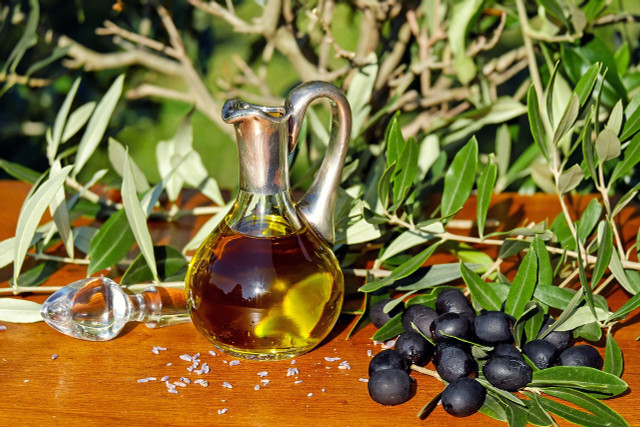


(Foto: CC0 / Pixabay / Couleur)
Beta carotene is fat soluble, meaning that it is best absorbed by the body when it’s consumed alongside a healthy fat. You can choose a healthy cooking oil to prepare foods high in beta carotene, or add some nuts alongside them. You don’t need much fat in order to reap the benefits – as little as 3 to 5 grams is enough, which is the equivalent to approximately 1 teaspoon of olive oil.
If you’re looking to increase your intake, the best method is to add foods that are high in beta-carotene into your diet, instead of looking at using supplements. Supplements have different effects on health than eating a diet that is rich in beta carotene foods. It’s also worth noting that eating extremely high amounts of beta carotene can result in a condition called carotenodermia, which turns the skin a yellow-orange colour.
Read more:
- Vitamin D Rich Fruits and Vegetables
- Too Much Vitamin B12? When it’s Getting Harmful
- Do Nuts Go Bad? Tips and Tricks for Proper Storage
Do you like this post?







